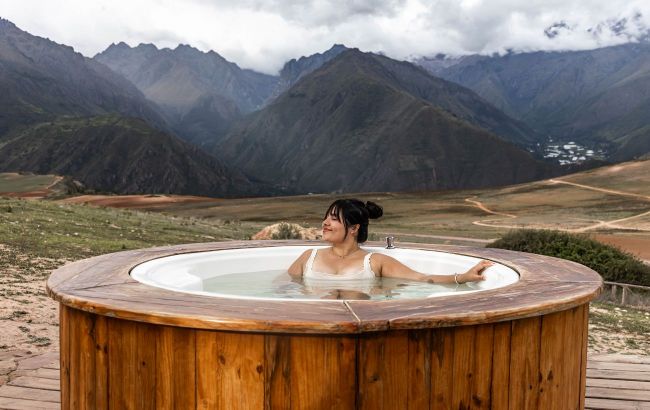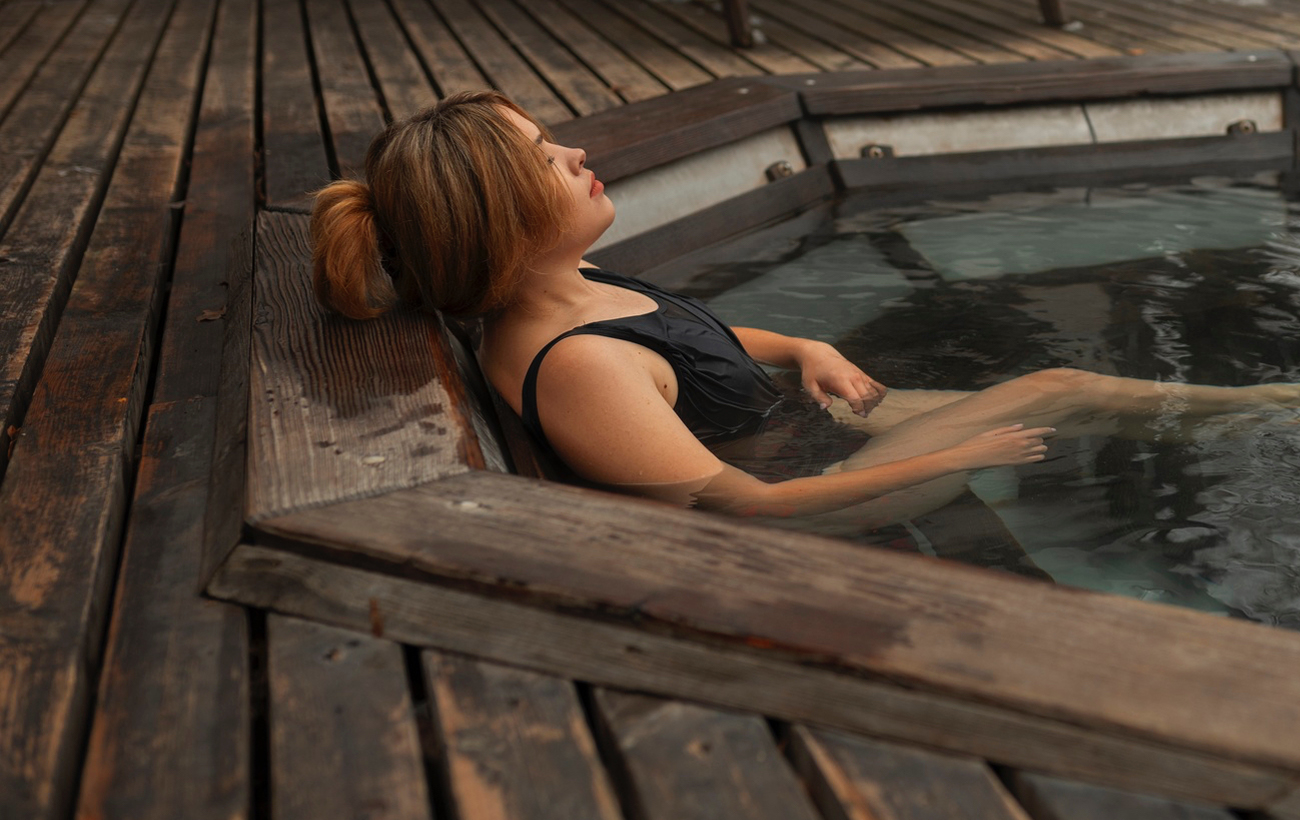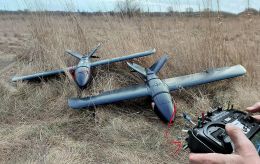Carpathian hot tubs are new wellness trend - Here's why people swear by them
 Why Carpathian hot tubs became so popular and what their benefits are (photo: Getty Images)
Why Carpathian hot tubs became so popular and what their benefits are (photo: Getty Images)
In recent years, Carpathian hot tubs have gone far beyond the mountain villages and become a true symbol of relaxing rest. But what makes them so special aside from the chance to take stunning photos with mountain views and sit in warm, herbal-infused water? Here's why Ukrainians (and not only) head to the mountains to "sit in a barrel of hot water and herbs."
What is a "chan" and where did it come from?
A Carpathian chan is a large cast iron or metal cauldron placed over an open fire and filled with water, heated to a temperature of 37-42°C.
People immerse themselves in this water, often enriched with healing herbs or salts, and enjoy the contrast between the warm water and the cool mountain air.
The roots of this ritual are in the folk medicine traditions of Zakarpattia and the Hutsul region. Historically, these tubs were used to ease sore muscles after hard work or to treat rheumatism, colds, or joint pain. The ritual was often combined with a plunge into a cold river. It's another local remedy for wellness.
Hot tubs: New Ukrainian sauna?
Their popularity isn't accidental. Hot tubs are often called the "Ukrainian ofuro" or "folk sauna." Here's why they're so loved:
They're accessible. Hot tubs can be found in almost every village in the Carpathians, especially in Yaremche, Slavske, Mizhhirya, Kosiv, Vorokhta, and highland guesthouses or hotels.
They attract tourists. Carpathian views, steam rising from water, wintertime, and you in a swimsuit—social media gold.
They genuinely relax. After hiking, skiing, or just urban stress, they're a perfect way to ease muscle tension.
They offer exotic charm right in Ukraine. No need to travel to Japan or Iceland—Ukraine has its unique spa tradition right here.
 Carpathian hot tubs have become extremely popular in recent years (photo: Freepik)
Carpathian hot tubs have become extremely popular in recent years (photo: Freepik)
What makes up a proper hot tub experience?
It's not just about the tub, it's the whole ritual:
- The cauldron. The authentic tubs are made of cast iron because it retains heat well and doesn't release harmful substances.
- Wood fire. The fire must be natural. It creates a gradual warming effect, safer for the heart.
- Herbs. Add mint, thyme, lemon balm, chamomile, or pine branches for fragrance and a light herbal effect.
- Contrast. An essential element is immersion in icy water or snow after the tub. Be cautious because sharp temperature changes aren't for everyone. But the result is like hitting the reset button.
Hot tubs: Wellness or just a trend?
Doctors confirm that hot tubs can be beneficial. Warm water, essential oils from herbs, and gentle heating can:
- improve circulation
- relieve muscle tension
- ease back pain
- reduce stress and anxiety
But there are some caveats. People with heart conditions or pregnant women should avoid this activity. Also, don't overheat: 20-30 minutes is the maximum, followed by rest.
Why hot tubs became a trend
Affordability. Prices vary, but tubs can be found for every budget from 500 to 3000 UAH per session.
Local tradition. It's not imported, it's ours: Ukrainian, Carpathian. That authenticity appeals to tourists.
Post-COVID recovery and stress relief. People are looking for ways to relieve stress and strengthen their immune system. Hot tubs offer all-in-one healing.
What to keep in mind before jumping into a hot tub
- Don't drink alcohol before or during the session because it's risky.
- The tub should be clean and filled with fresh water. Don't hesitate to ask about hygiene.
- Avoid herbs if you're prone to allergies.
- The best time is evening, when the air is cooler, so the contrast feels stronger.
You may be interested in:
- Little-known castles of Ukraine that will amaze you with their history and lack of tourists
- The 7 smallest villages in Ukraine that are hard to find on the map
- How to join a Ukrainian polar expedition to Akademik Vernadskyi
Sources: Effect of Thermal Bathing on Blood Circulation (University of Helsinki), interview with herbalist M. Sheketa (Zakarpattia, 2021), publications by Uzhhorod National University on ethnomedicine.

